Home>Gardening & Outdoor>Plant Care & Gardening Tips>How Do You Take Care Of Fall Mums


Plant Care & Gardening Tips
How Do You Take Care Of Fall Mums
Modified: March 2, 2024
Learn how to take care of fall mums with expert plant care and gardening tips. Discover the best practices for nurturing your mums through the autumn season.
(Many of the links in this article redirect to a specific reviewed product. Your purchase of these products through affiliate links helps to generate commission for Storables.com, at no extra cost. Learn more)
Choosing the Right Location
Selecting the ideal location for your fall mums is crucial for their overall health and vibrancy. These beautiful plants thrive in areas with ample sunlight, typically requiring at least six hours of direct sunlight each day. When choosing a spot for your mums, consider areas that receive the most sunlight during the fall months. South-facing locations are often ideal, as they tend to receive the most sunlight throughout the day.
It's important to ensure that the chosen location offers well-draining soil to prevent waterlogging, which can lead to root rot and other issues. Mums prefer soil that is rich in organic matter and slightly acidic, with a pH level between 6.0 and 6.5. Before planting, consider amending the soil with compost or peat moss to improve its texture and nutrient content.
Additionally, take into account the surrounding environment. While mums require sunlight, they also benefit from some protection against strong winds. Planting them near a windbreak, such as a fence or shrubbery, can shield them from excessive wind exposure, which can cause damage to their delicate blooms and foliage.
When selecting the right location for your fall mums, consider the aesthetic appeal as well. These plants can serve as stunning additions to your outdoor space, so choose a spot that allows them to showcase their beauty. Whether you're planting them in garden beds, containers, or hanging baskets, ensure that the chosen location complements the overall design of your outdoor area.
By carefully considering these factors when choosing the right location for your fall mums, you can set the stage for their successful growth and abundant blooms. With the proper amount of sunlight, well-draining soil, protection from strong winds, and aesthetic appeal, your mums are poised to flourish and enhance the beauty of your outdoor space.
Key Takeaways:
- Choose a sunny spot with well-draining soil and protection from strong winds to help fall mums thrive. Consider the aesthetic appeal of the location to showcase their beauty in your outdoor space.
- Regular deadheading, pruning, and proactive pest and disease protection are essential for maintaining the health and vibrant blooms of fall mums throughout the season.
Read more: How Do You Take Care Of Mums
Watering and Fertilizing
Proper watering and fertilizing are essential for nurturing healthy and vibrant fall mums. These practices play a pivotal role in supporting the plants' growth, blooming, and overall resilience. Understanding the specific watering and fertilizing needs of mums is crucial for ensuring their well-being throughout the fall season.
Watering:
Mums have specific watering requirements that, when met, contribute to their overall health and vitality. It's important to maintain a consistent watering schedule, especially during dry periods. While mums require an adequate water supply, it's equally crucial to prevent waterlogging, which can lead to root rot and other issues.
To determine when to water your mums, perform a simple soil moisture test. Insert your finger into the soil near the plants. If the soil feels dry to the touch, it's time to water. When watering mums, aim to moisten the soil evenly without saturating it. This can be achieved by applying water at the base of the plants, allowing it to penetrate the root zone effectively.
During periods of active growth and blooming, mums may require more frequent watering to support their increased metabolic demands. However, it's important to strike a balance and avoid overwatering, as excessive moisture can lead to detrimental consequences for the plants' health.
Fertilizing:
Fertilizing mums is a key aspect of their care regimen, as it provides essential nutrients that support robust growth and prolific blooming. Before applying fertilizer, it's beneficial to conduct a soil test to determine its nutrient composition. This information can guide you in selecting the most suitable fertilizer and application method for your mums.
When choosing a fertilizer for fall mums, opt for a balanced, water-soluble formula with a higher potassium content. Potassium plays a crucial role in promoting flower development and enhancing the plants' resistance to environmental stressors. Begin fertilizing your mums in early spring, continuing through the growing season to support their overall health and prepare them for the fall blooming period.
Applying fertilizer according to the manufacturer's instructions is essential to prevent over-fertilization, which can have adverse effects on the plants. As a general guideline, apply fertilizer every two to four weeks during the growing season, adjusting the frequency based on the specific product's recommendations and the mums' response to the application.
By adhering to proper watering and fertilizing practices, you can provide your fall mums with the essential care they need to thrive. These fundamental tasks contribute to the plants' ability to produce an abundance of vibrant blooms, enhancing the visual appeal of your outdoor space and bringing joy throughout the fall season.
Deadheading and Pruning
Deadheading and pruning are essential tasks for maintaining the health, appearance, and blooming capacity of fall mums. These practices play a crucial role in promoting continuous flowering, preventing disease, and shaping the plants for optimal growth. By understanding the significance of deadheading and pruning, you can effectively support the longevity and vibrancy of your mums throughout the fall season.
Deadheading:
Deadheading, the process of removing spent flowers, is a fundamental practice for encouraging prolonged blooming and enhancing the overall appearance of fall mums. As the blooms of mums fade and wither, they should be promptly removed to redirect the plant's energy towards producing new flowers. This process prevents the formation of seeds, signaling to the plant that it should continue to produce blooms, thereby extending the flowering period.
When deadheading mums, it's important to use clean and sharp gardening shears or scissors to make precise cuts. Locate the faded flowers and trace the stem down to the nearest set of healthy leaves or lateral bud. Position the shears just above this point and make a clean snip to remove the spent flower. By performing this task regularly, you can stimulate the production of new buds and maintain a continuous display of colorful blooms.
Pruning:
Pruning is another vital aspect of mum care, contributing to the plants' overall health, shape, and vigor. Regular pruning helps to maintain a compact and bushy growth habit, preventing the plants from becoming leggy or unruly. Additionally, pruning allows for the removal of dead or diseased foliage, promoting air circulation and reducing the risk of fungal diseases.
When pruning fall mums, focus on removing any dead, yellowing, or damaged foliage to maintain the plant's aesthetic appeal and prevent the spread of diseases. Use clean and sharp pruning tools to make precise cuts, ensuring that the remaining foliage is healthy and vibrant. Additionally, consider shaping the plants by pinching back the growing tips of each stem in the early stages of growth. This encourages lateral branching and results in fuller, more robust plants with an abundance of blooms.
By incorporating regular deadheading and pruning into your mum care routine, you can effectively prolong the blooming period, maintain the plants' health, and shape them for a visually appealing display. These practices not only contribute to the overall beauty of your outdoor space but also ensure that your fall mums remain vibrant and resilient throughout the season.
Protecting from Pests and Diseases
Protecting fall mums from pests and diseases is essential for maintaining their health and ensuring a vibrant and long-lasting display of blooms. These plants are susceptible to various pests and diseases that can compromise their growth and overall appearance. By implementing proactive measures and staying vigilant, you can effectively safeguard your mums from potential threats, allowing them to thrive throughout the fall season.
Pest Prevention:
Pest infestations can significantly impact the health and vitality of fall mums. Common pests that pose a threat to these plants include aphids, spider mites, and caterpillars. To prevent pest infestations, regularly inspect the foliage and stems of your mums for any signs of pest activity. Look for clusters of tiny insects, webbing, or visible damage to the leaves.
Implementing natural pest deterrents, such as introducing beneficial insects like ladybugs or lacewings, can help control pest populations without the use of harmful chemicals. Additionally, spraying the plants with a gentle solution of water and mild dish soap can effectively deter pests while minimizing the impact on beneficial insects and the environment.
Read more: How Long Do Mums Last In The Fall
Disease Management:
Fungal diseases, such as powdery mildew and gray mold, can affect fall mums, particularly in conditions of high humidity or inadequate air circulation. To mitigate the risk of fungal diseases, avoid overhead watering, as moisture on the foliage can create an environment conducive to fungal growth. Instead, water the plants at the base to keep the foliage dry.
Furthermore, maintaining proper spacing between mums and ensuring good air circulation around the plants can help reduce the risk of fungal diseases. Removing and disposing of any diseased or fallen foliage promptly can prevent the spread of diseases to healthy plants. Consider applying a preventive fungicidal spray, following the manufacturer's recommendations, to protect your mums from fungal infections.
Organic Remedies:
Incorporating organic remedies, such as neem oil or horticultural oil, can provide effective protection against both pests and diseases while minimizing the use of synthetic chemicals. These natural solutions act as repellents for pests and create a protective barrier against fungal spores, offering a holistic approach to safeguarding the health of your fall mums.
By diligently monitoring your mums for signs of pests and diseases, implementing preventive measures, and utilizing organic remedies, you can create a resilient defense system that protects your plants from potential threats. This proactive approach not only promotes the well-being of your mums but also contributes to a sustainable and environmentally friendly gardening practice.
Incorporating these protective measures into your care routine empowers you to nurture healthy and robust fall mums, ensuring that they remain free from pest infestations and diseases. By prioritizing proactive protection, you can enjoy a stunning display of vibrant blooms and lush foliage, elevating the beauty of your outdoor space throughout the fall season.
Overwintering Mums
Overwintering mums is a crucial aspect of their care, ensuring that these beloved fall-blooming plants survive the winter months and thrive in the following growing season. As the temperatures drop and the growing season comes to an end, taking proactive steps to prepare your mums for the winter is essential for their long-term health and vitality.
Mulching and Insulation
Applying a layer of mulch around the base of the mums provides insulation and helps regulate soil temperature during the winter. This protective barrier minimizes the impact of fluctuating temperatures on the roots, reducing the risk of frost heaving and root damage. Organic mulch, such as straw or shredded leaves, is effective in retaining soil moisture and providing a buffer against extreme cold. Apply a generous layer of mulch around the plants, ensuring that the crown and lower stems are adequately covered.
Read more: How Long Do Mums Last Outside In The Fall
Pruning and Cutting Back
Pruning back the foliage of mums after the first frost signals the onset of dormancy and prepares the plants for winter. Using clean and sharp pruning shears, trim the stems to a height of 2-4 inches above the soil level. This practice helps prevent the accumulation of dead foliage, reduces the risk of disease, and promotes a tidy appearance during the dormant period. Additionally, removing the spent foliage allows for better air circulation and prevents the development of fungal issues.
Winter Shelter
In regions with harsh winter conditions, providing additional protection for mums can enhance their chances of survival. Consider covering the plants with a layer of burlap or frost cloth to shield them from freezing temperatures and harsh winds. This temporary shelter acts as a barrier against extreme weather while allowing sufficient airflow to prevent moisture buildup. Secure the covering firmly to prevent it from being dislodged by strong winds.
Monitoring and Maintenance
Throughout the winter months, periodically check on the mums to ensure that the mulch remains in place and the protective coverings are intact. In the event of unseasonably warm periods, briefly uncover the plants to allow for ventilation and prevent excessive moisture buildup. However, promptly recover them if freezing temperatures return to protect the plants from potential damage.
Spring Uncovering
As the winter season transitions into spring, gradually remove the protective coverings and mulch from the mums. This process allows the plants to acclimate to increasing temperatures and daylight, signaling the resumption of growth. Inspect the plants for any signs of new growth and begin gradually reintroducing them to their regular care routine, including watering and fertilizing, to support their recovery and prepare them for the upcoming blooming season.
By implementing these overwintering practices, you can safeguard your mums from the challenges of winter and set the stage for their resurgence in the following growing season. This proactive approach ensures that your mums emerge from dormancy healthy, vigorous, and ready to delight with their vibrant blooms once again.
Frequently Asked Questions about How Do You Take Care Of Fall Mums
Was this page helpful?
At Storables.com, we guarantee accurate and reliable information. Our content, validated by Expert Board Contributors, is crafted following stringent Editorial Policies. We're committed to providing you with well-researched, expert-backed insights for all your informational needs.
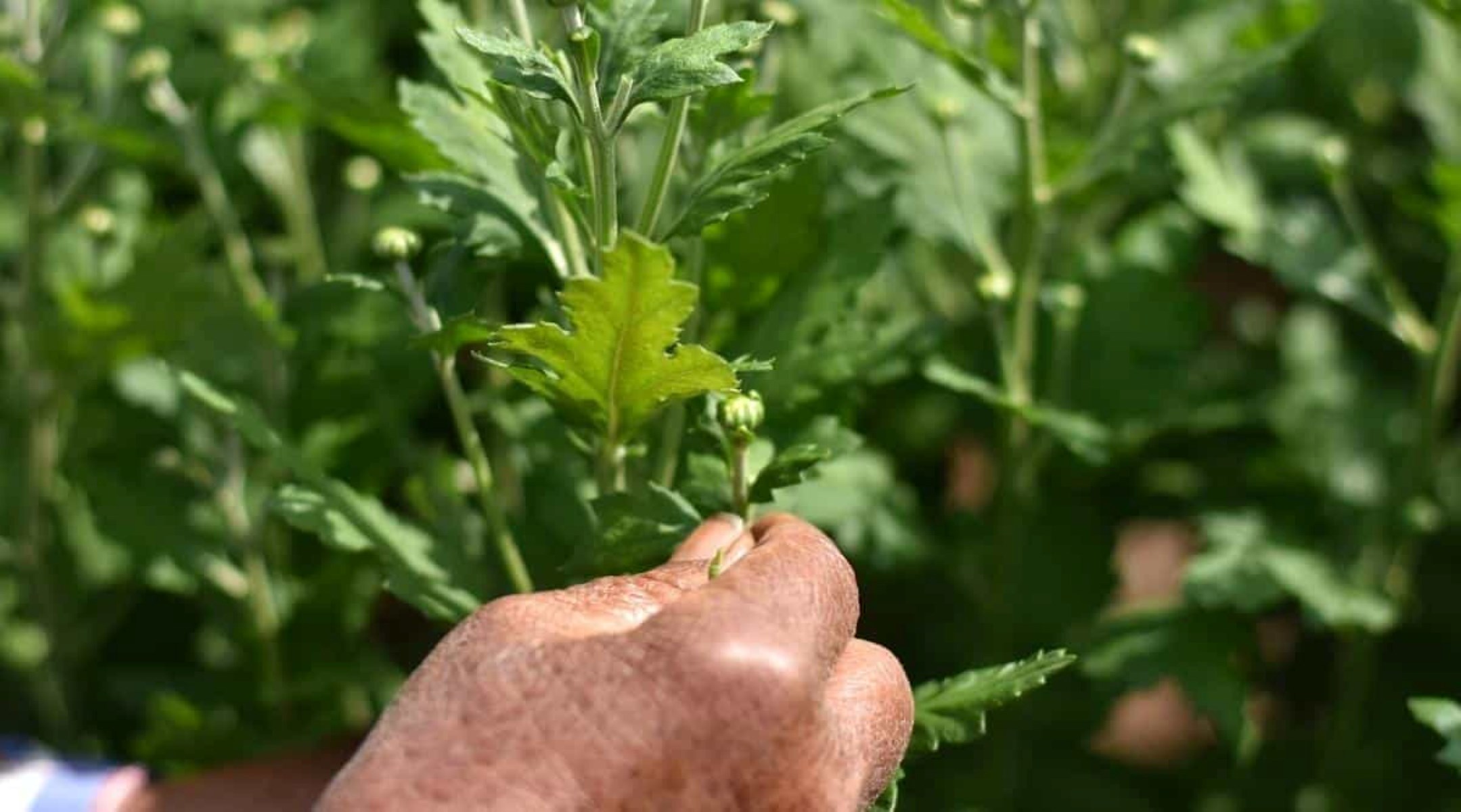
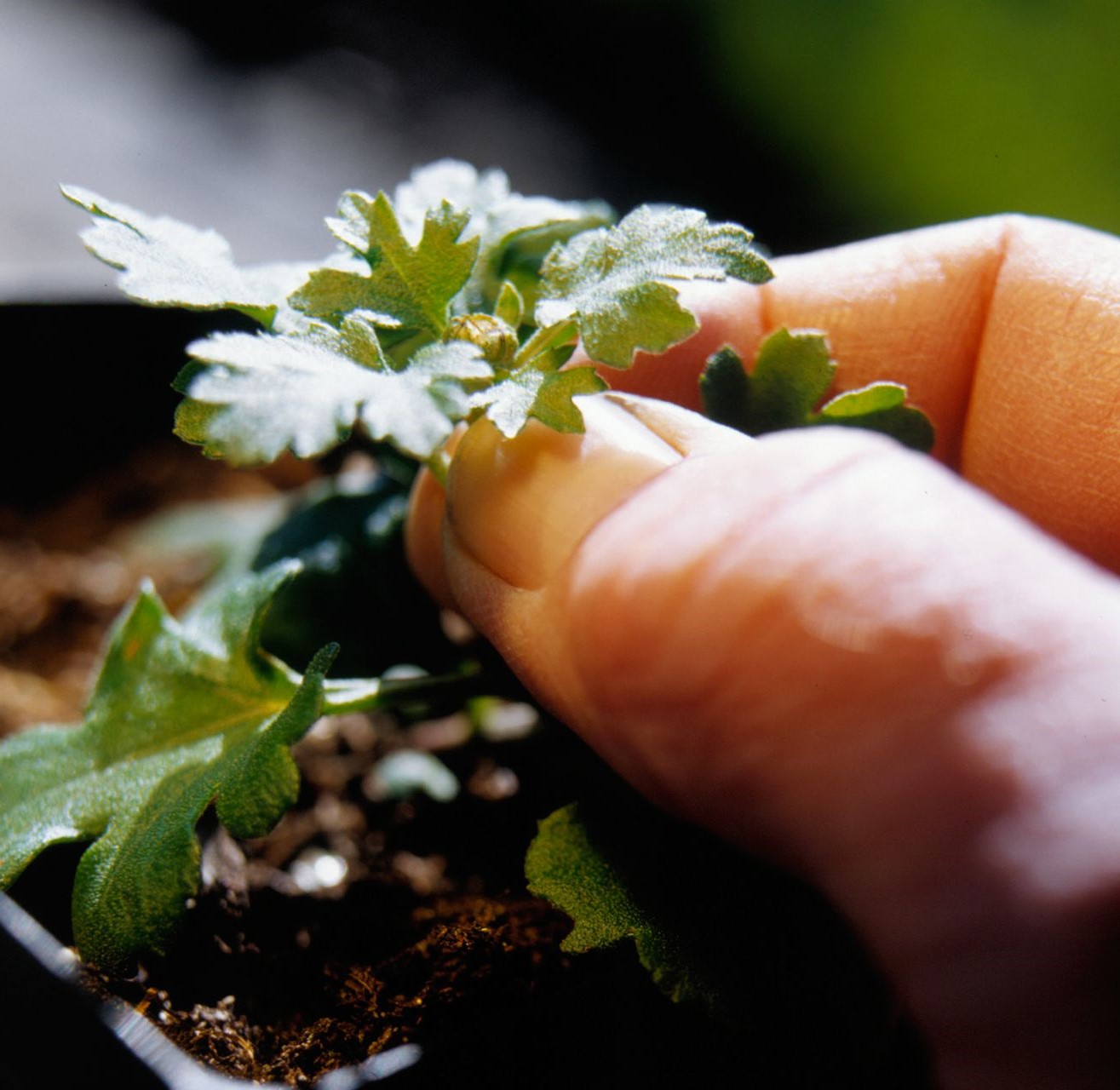
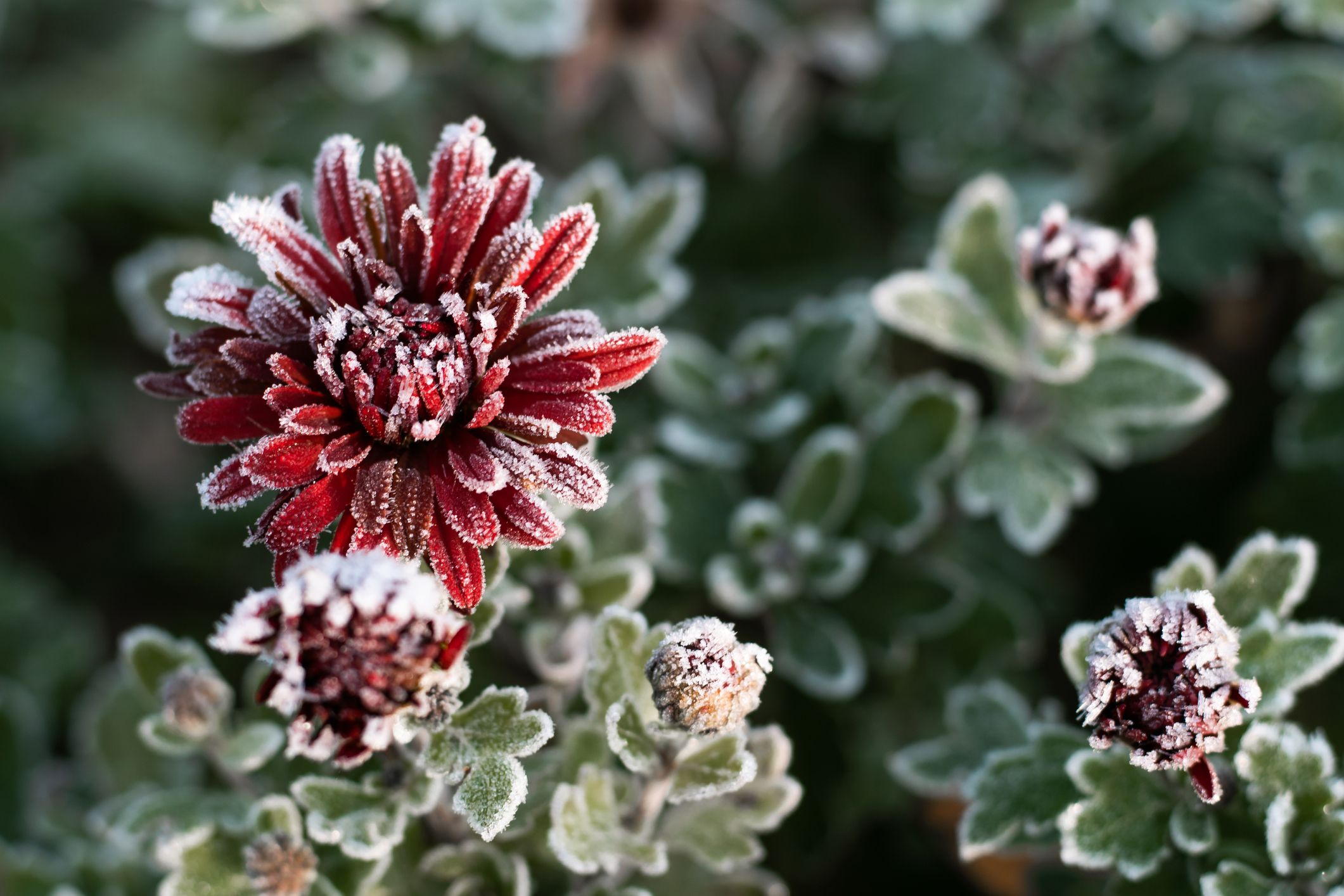
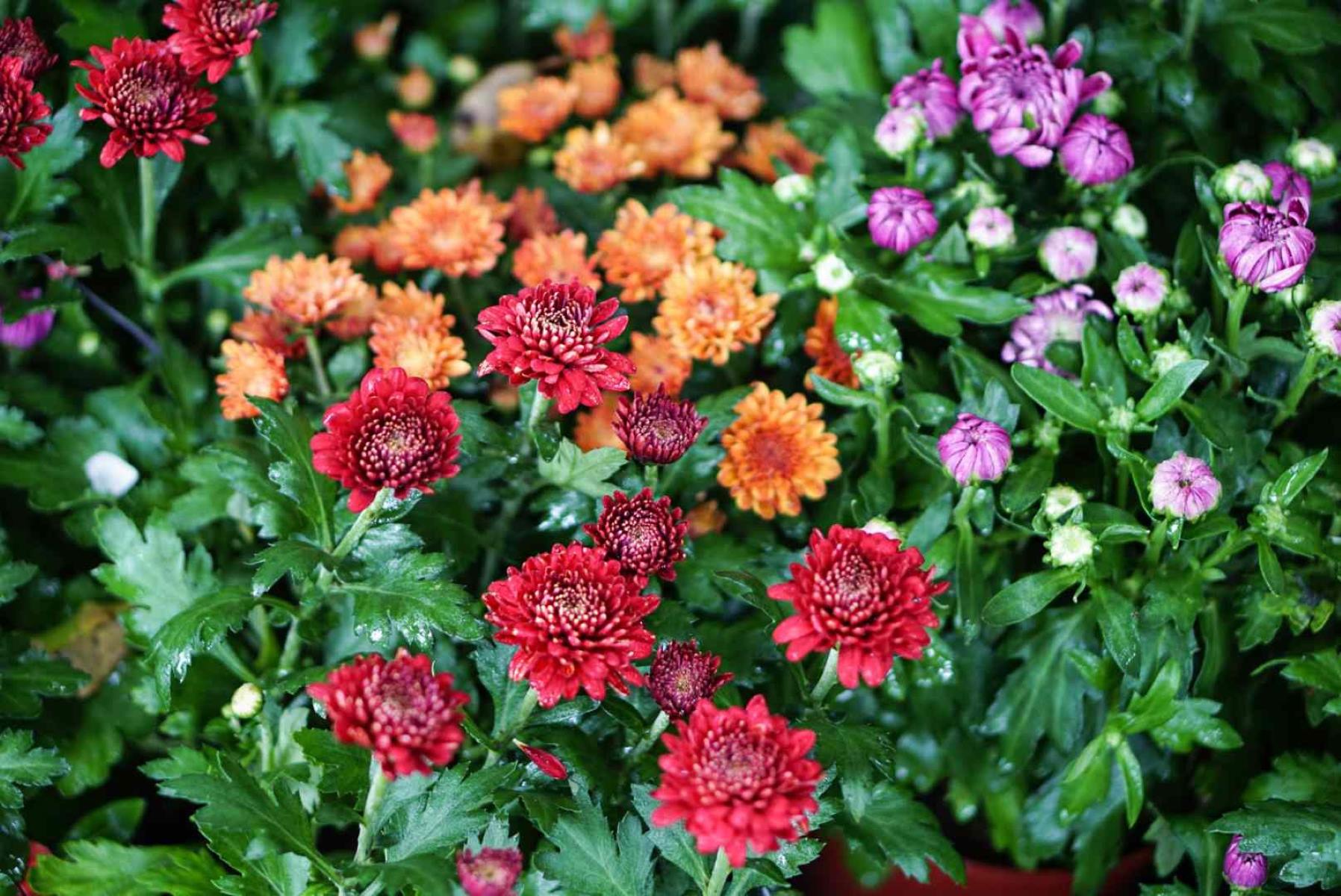
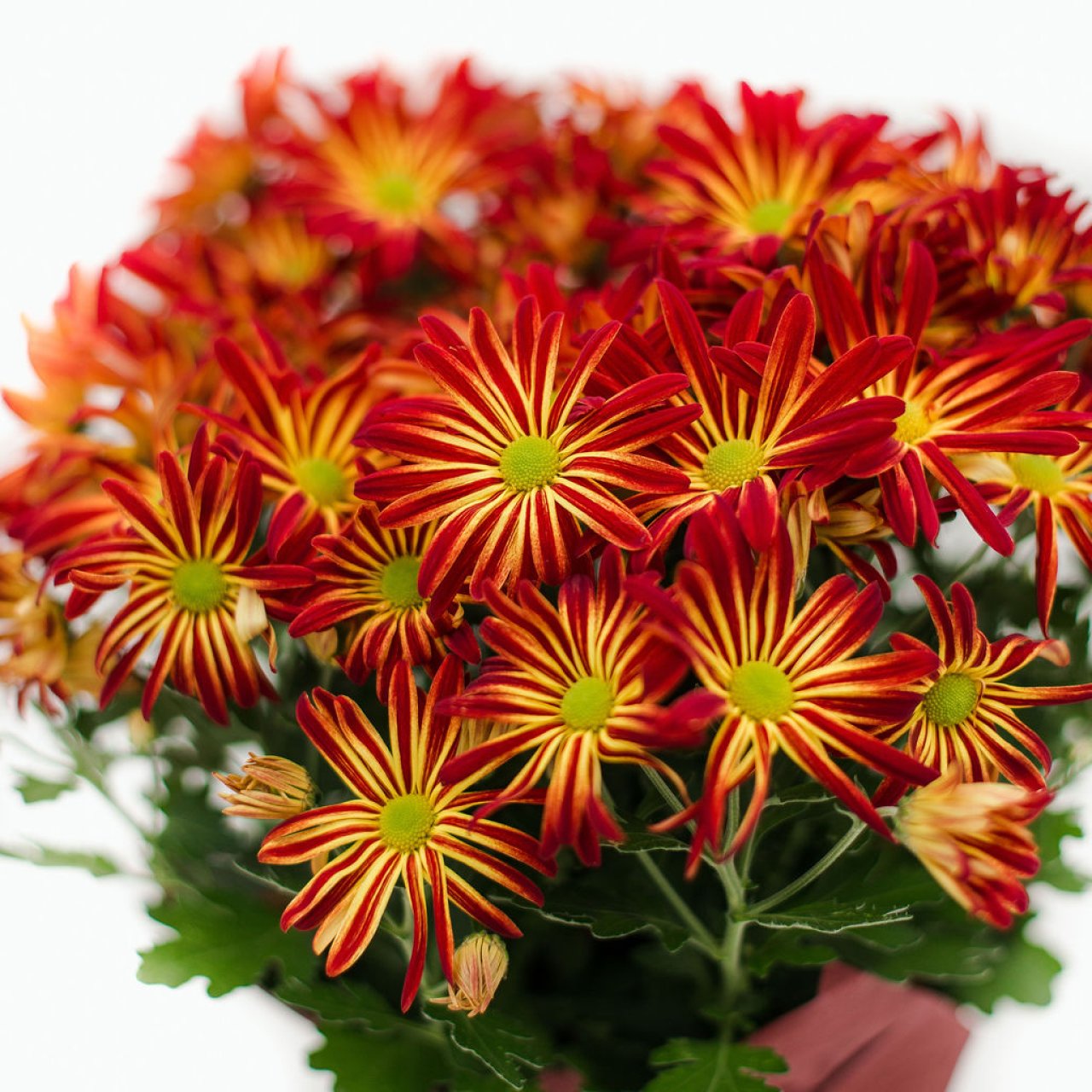


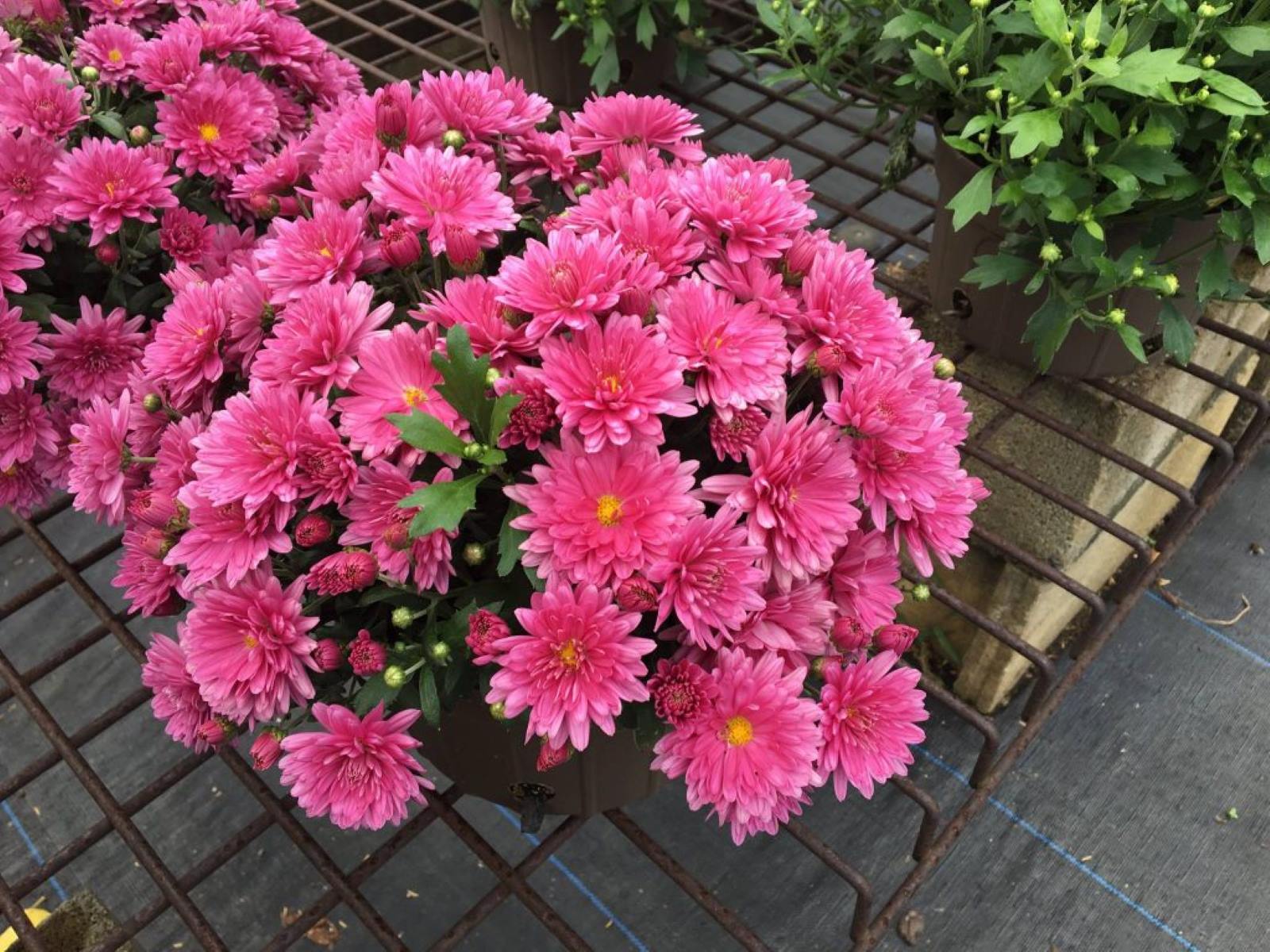

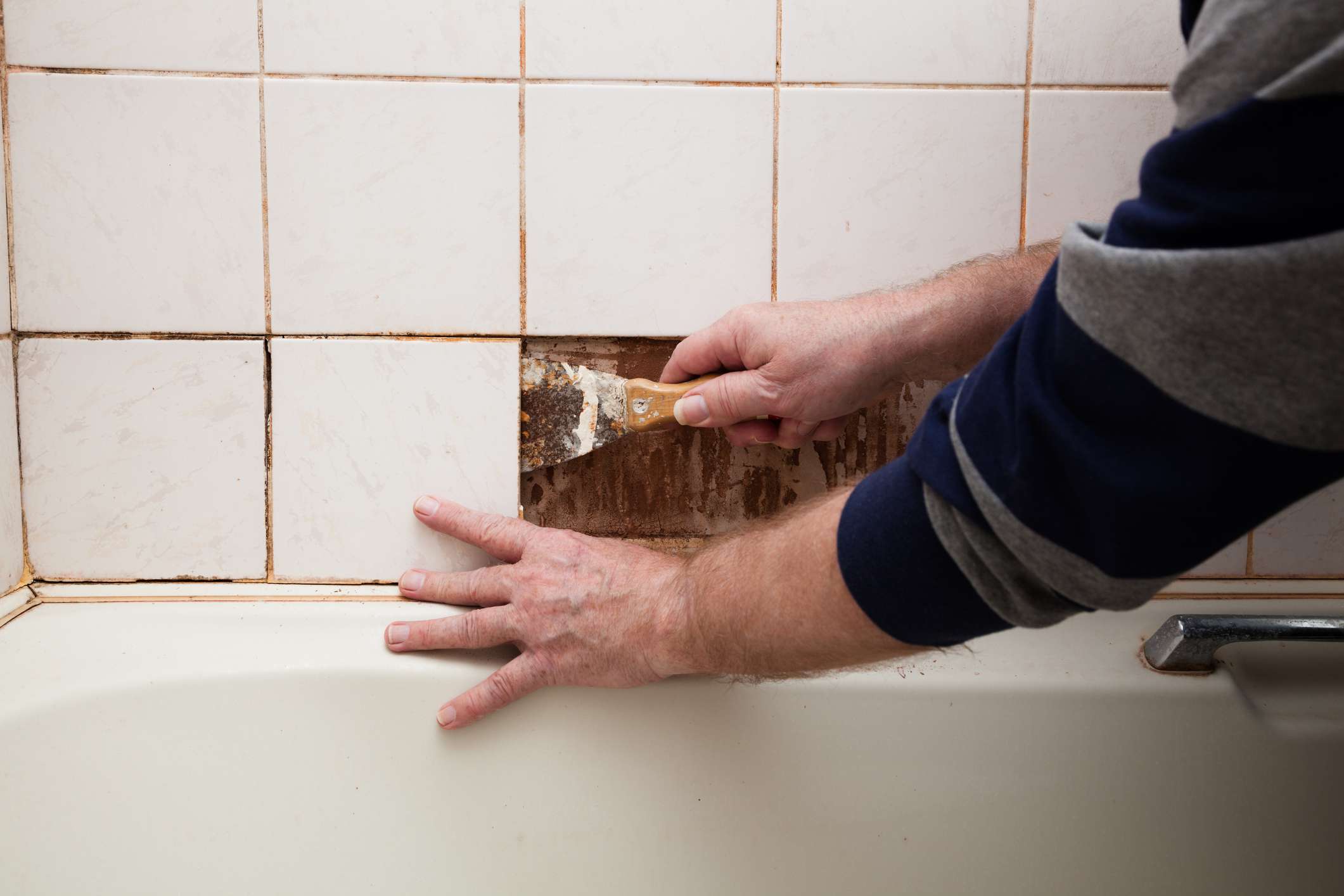
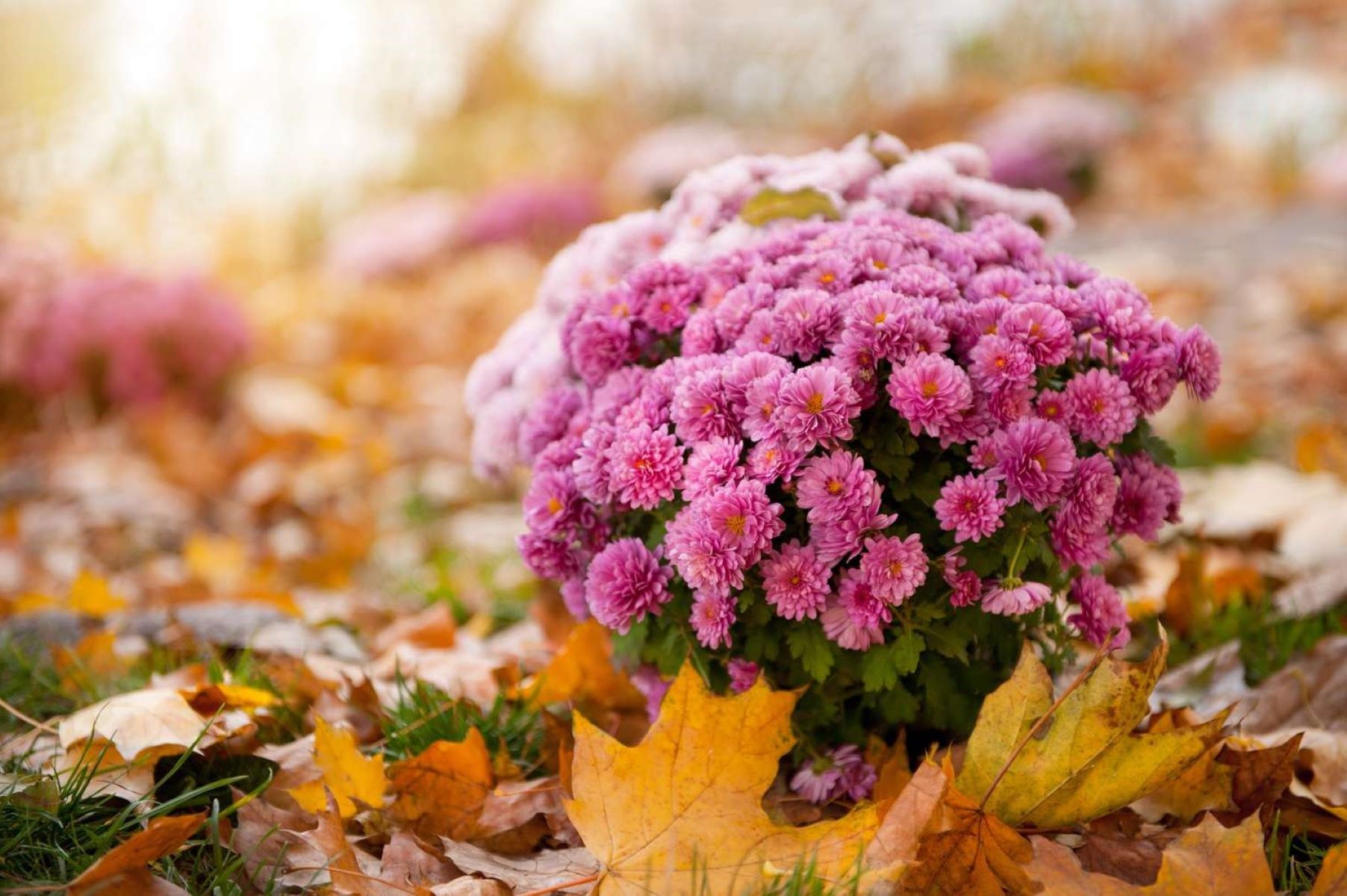
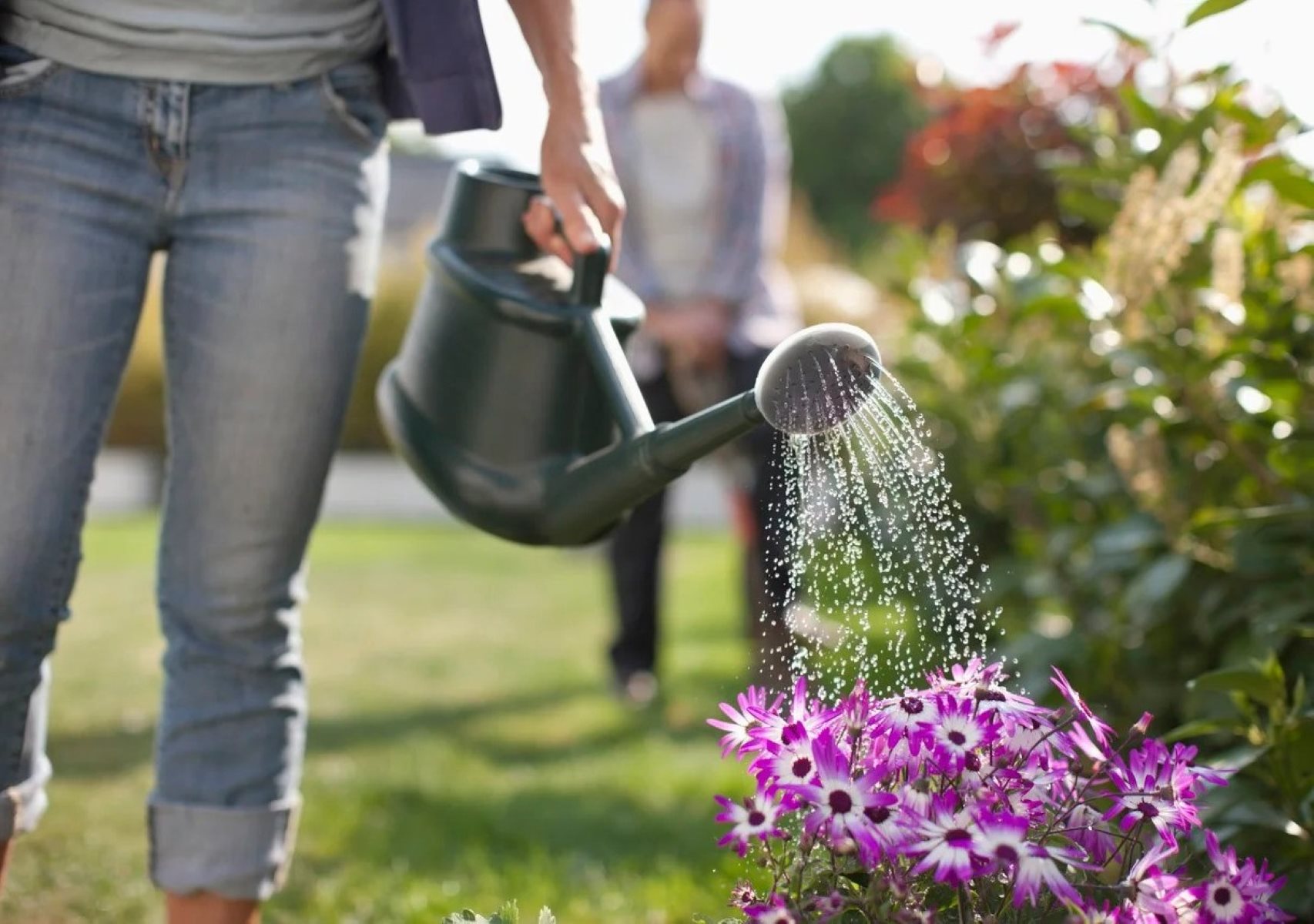


0 thoughts on “How Do You Take Care Of Fall Mums”